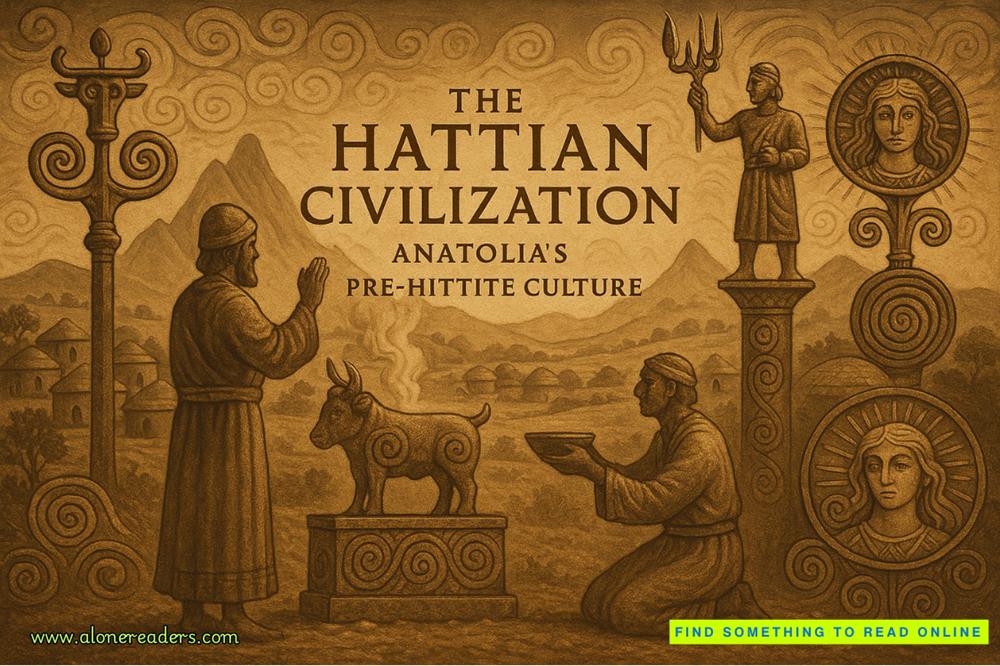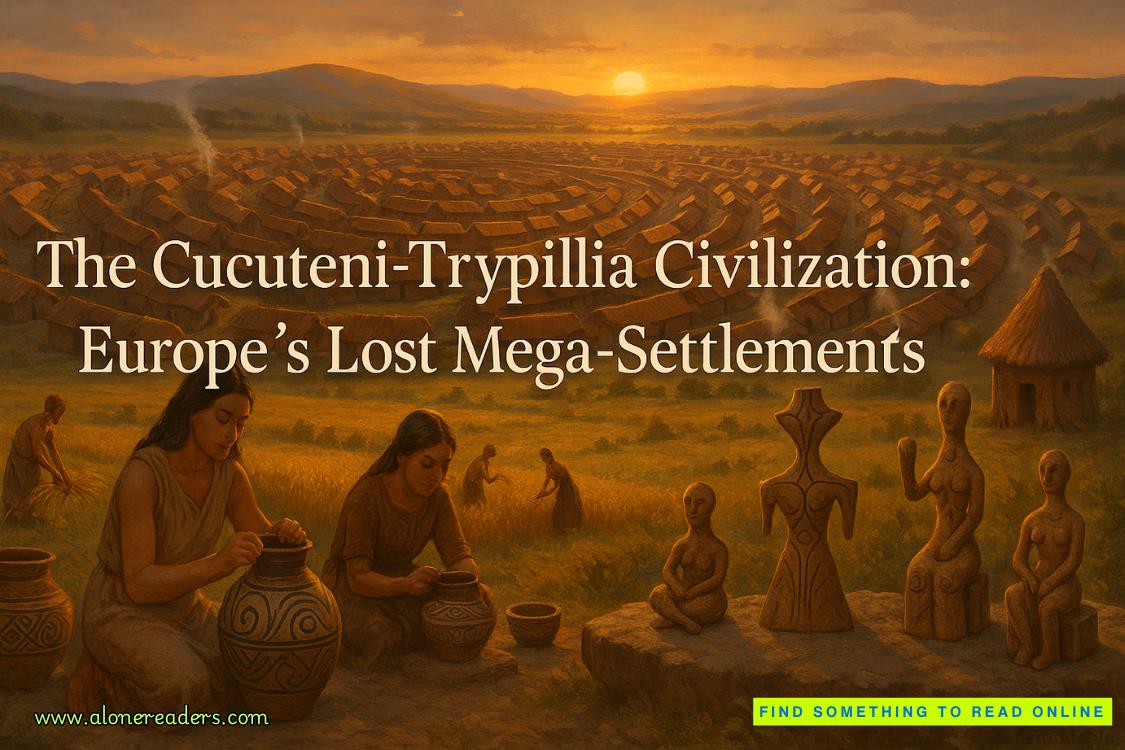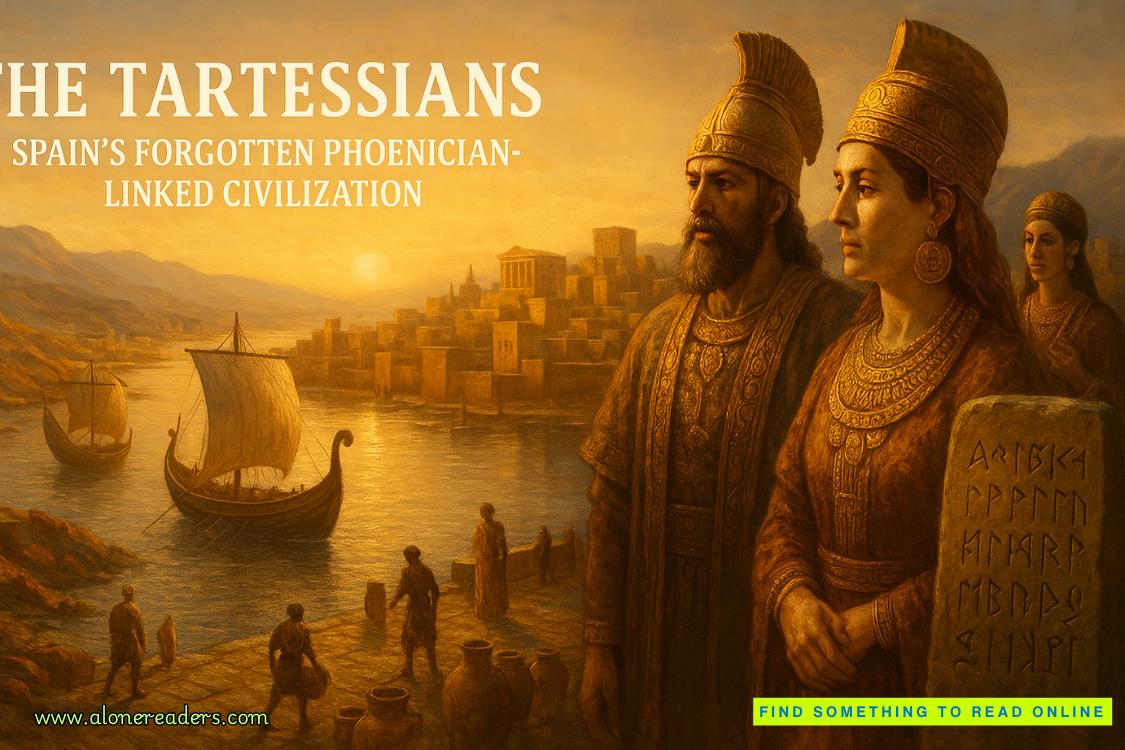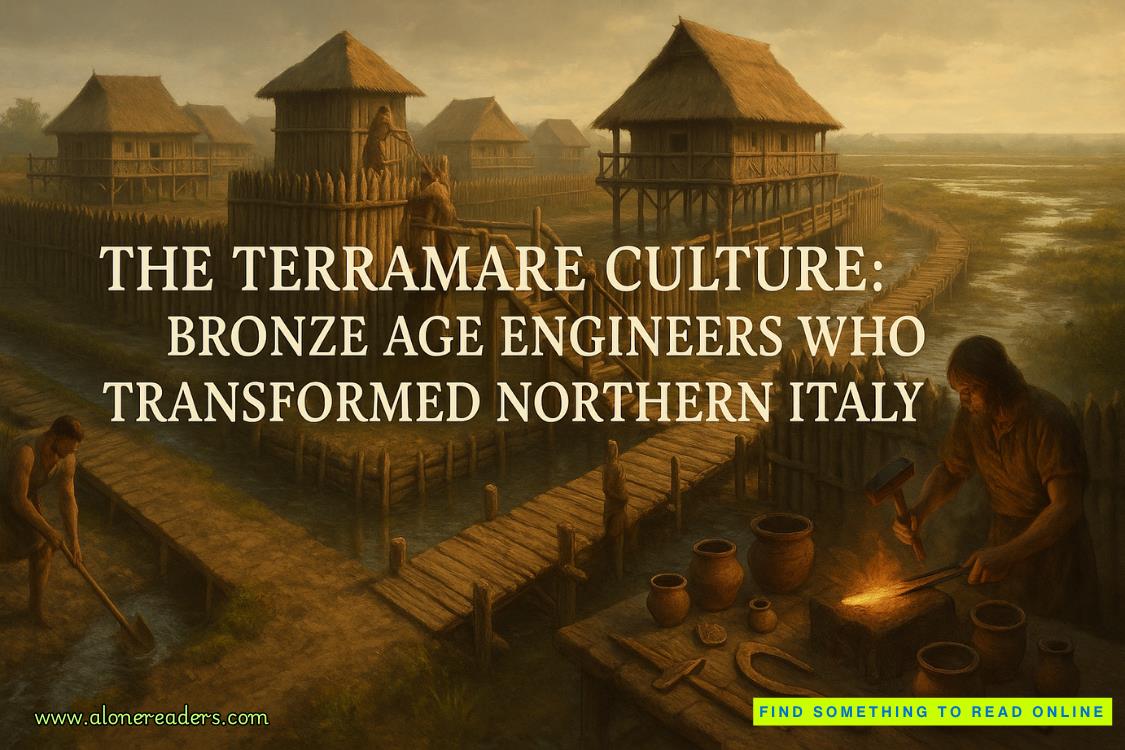Page 103 of L is for Lawless (Kinsey Millhone 12)
While the two of them were gone, Laura caught Ray's eye in the rearview mirror. "What about her?" she said, indicating me.
"What about her?" Ray said, annoyed.
"Gilbert's worried about Grammy calling the cops. What makes you think she won't?"
I turned around in the seat to face her. "I'm not calling anyone. I'm just trying to get home," I said.
Laura ignored me. "You think she's going to sit by and watch us walk away with the money?"
"We haven't even found it yet," Ray said.
"But when we do, then what?"
Ray's expression was despairing. "Jesus, Laura. What do you want from me?"
"She's going to be trouble."
"I am not!"
Laura looked away from me and out the window, her mouth set. Gilbert and Helen were returning to the car. He ushered her unceremoniously into the backseat again and then got in on his side. Helen muttered something scathing and Ray said, "Ma, be careful." She reached forward and touched Ray's shoulder with affection.
Gilbert got in the car, slamming his door shut, handing me the pamphlet he carried with him. Since I'd called in advance, the woman in the sales office had provided us with a brochure detailing the charter and development of the memorial park. The pamphlet opened up to show a map of the cemetery with points of interest marked with an X. She'd also supplied a folded sheet of paper that showed a detailed plot map of the particular section we'd be visiting. The Pelissaro gravesite she'd circled in red.
I looked back at Gilbert. "You know, this may not lead to anything," I said.
"I hope you have a backup plan, in that case."
My backup plan was to run away real fast.
Ray fired up the engine again. I showed him the route, which the woman had marked in ballpoint pen. The cemetery was laid out in a series of interconnecting circles that from the air would have resembled the wedding ring design on a patchwork quilt. Roads encompassed each section, curving into one another like a succession of roundabouts. We took the first winding road to the left as far as the Three Maidens fountain. At the fork, we veered left, moving up past the lake, and then to the right and around to the old section of the park. The cemetery had been named for its twelve fountains, which loomed unexpectedly, wanton displays of water spewing skyward. In California, the waste of water would be subject to citation, especially in the drought years, which seemed to outnumber the rainy ones.
We passed the Soldier's Field, where the military dead were buried, their uniform white markers as neatly lined up as a newly planted orchard. The perspective shifted with us, the vanishing point sweeping across the rows of white crosses like the beam from a lighthouse. In the older sections of the cemetery, into which we drove, the mausoleums were impressive: limestone-and-granite structures complete with sloping cornices and Ionic pilasters. The larger sarcophagi were adorned with kneeling children, their heads bowed, stone lambs, urns, stone draperies, and Corinthian columns. There were pyramids, spires, and slender women in contemplative postures, cast-bronze dogs, arches, pillars, sculpted busts of stern-looking gents, and elaborate stone vases, all interspersed with inlaid granite tablets and simple headstones of more modest dimensions. We passed grave after grave, stretching away as far as the eye could see. The headstones represented so many family relationships, the endings to so many stories. The very air felt dark and the ground was saturated with sorrow. Every stone seemed to say, This is a life that mattered, this marks the passing of someone we loved and will miss deeply and forever. Even the mourners were dead now and the mourners who mourned them.
The Pelissaro plot was located in a cul-de-sac. We parked and got out. Gilbert tossed his Stetson in the backseat, and the five of us moved toward the gravesite in ragtag fashion. I held the photograph at eye level, marveling at the scene that was laid out before us exactly as it looked forty years before. The Pelissaro monument, a white marble obelisk, towered over the surrounding graves. Most of the trees in the photograph were still standing, many having grown much larger with the passage of time. As in the picture, the branches were once again barren of leaves, but this time there was no snow and the grass had gone dormant, a patchy brown mixed with dull green. I spotted the same cluster of headstones enclosed with iron fencing, the section of stone wall to the right of us.
Gilbert was already impatient. "What do we do now?" he asked Ray.
Ray and I exchanged a brief look. So far, Gilbert had honored his end of the bargain. He'd showed up with Laura, who was not only alive and well, but looked as if she hadn't been battered the night before. Ray and I stood there, stalling, knowing we really didn't have a way to hold up our end. We'd tried to indicate the limits to our understanding, but Gilbert didn't have any tolerance for ambiguity. Helen waited patiently, bundled up in her coat, attentive to a large monument she probably mistook for one of us.











